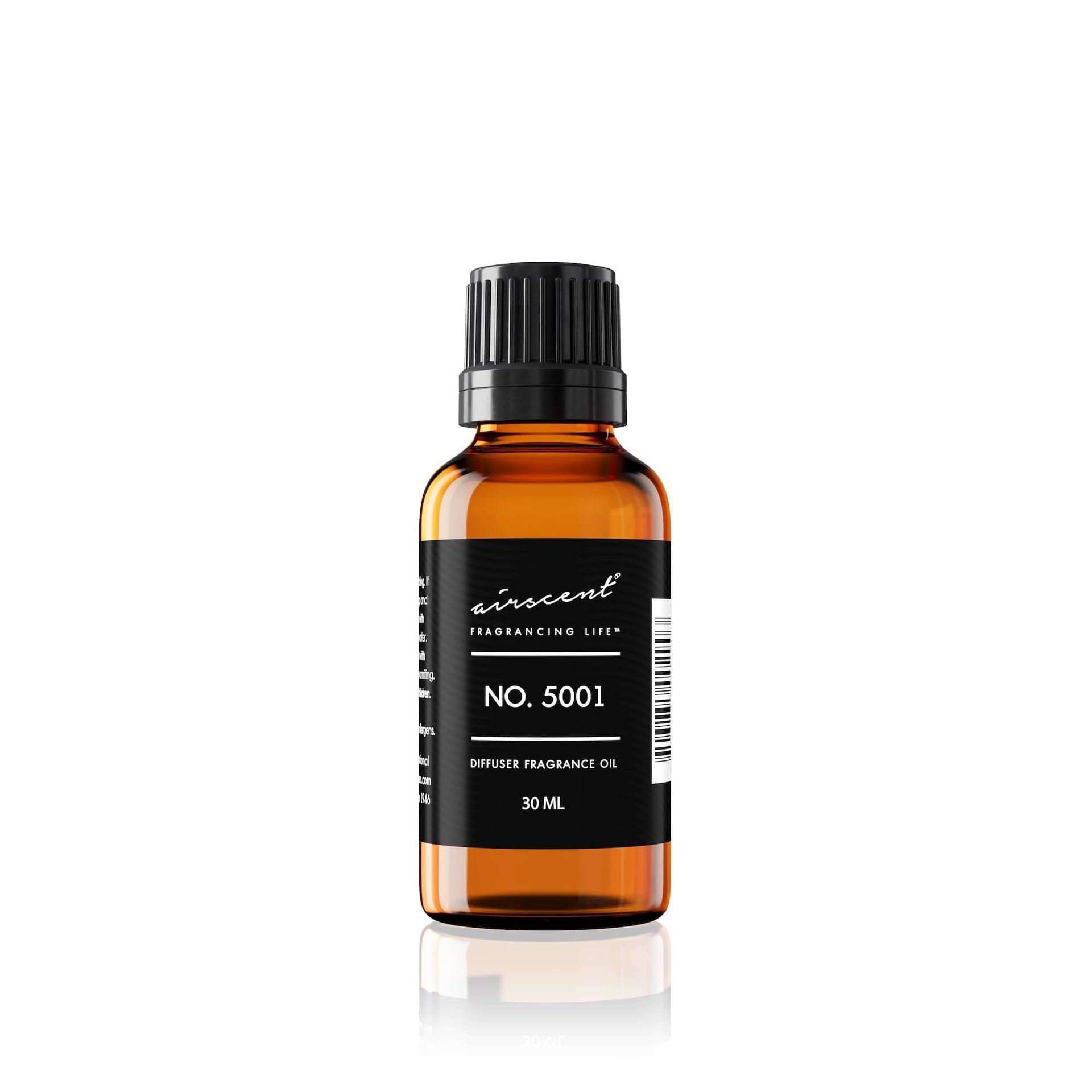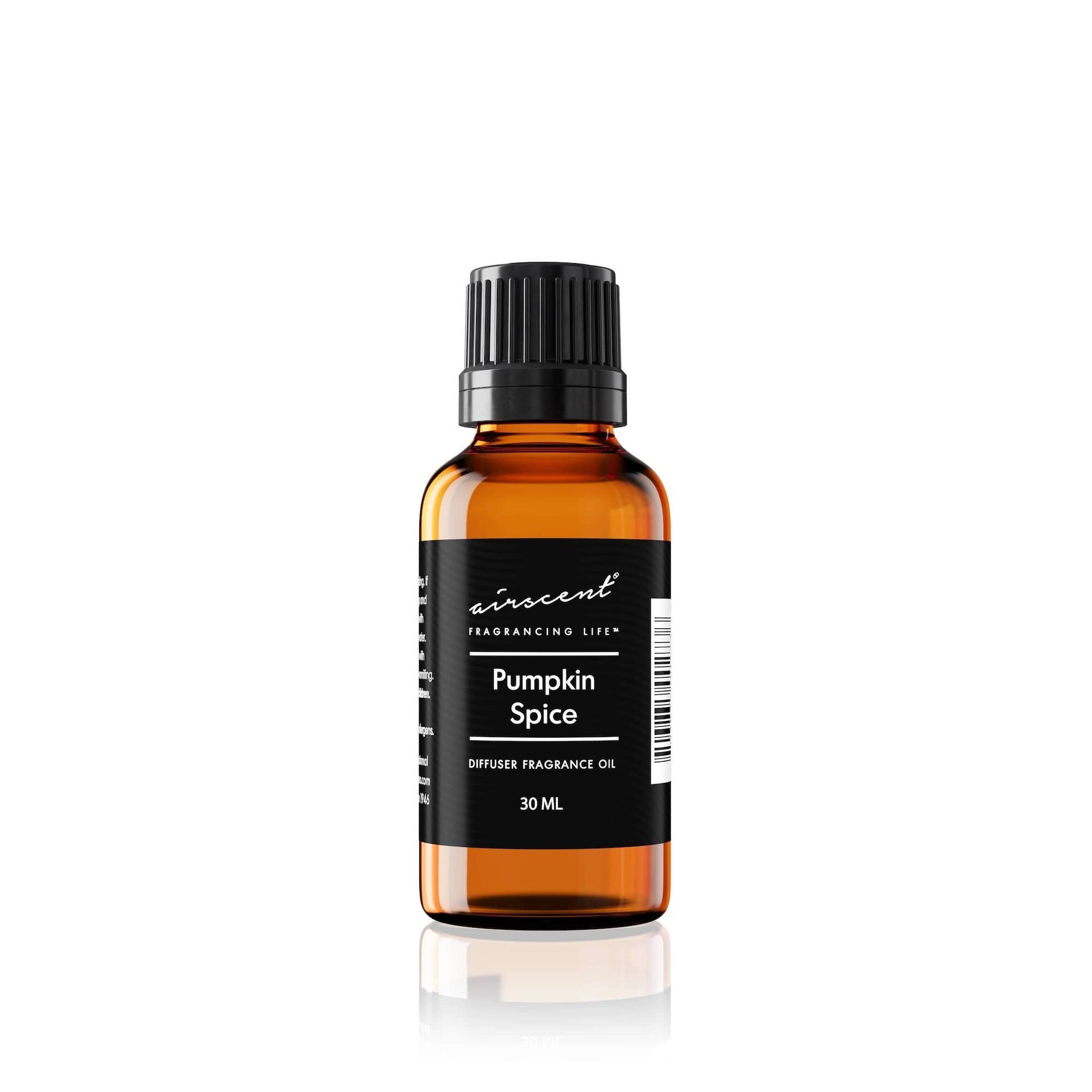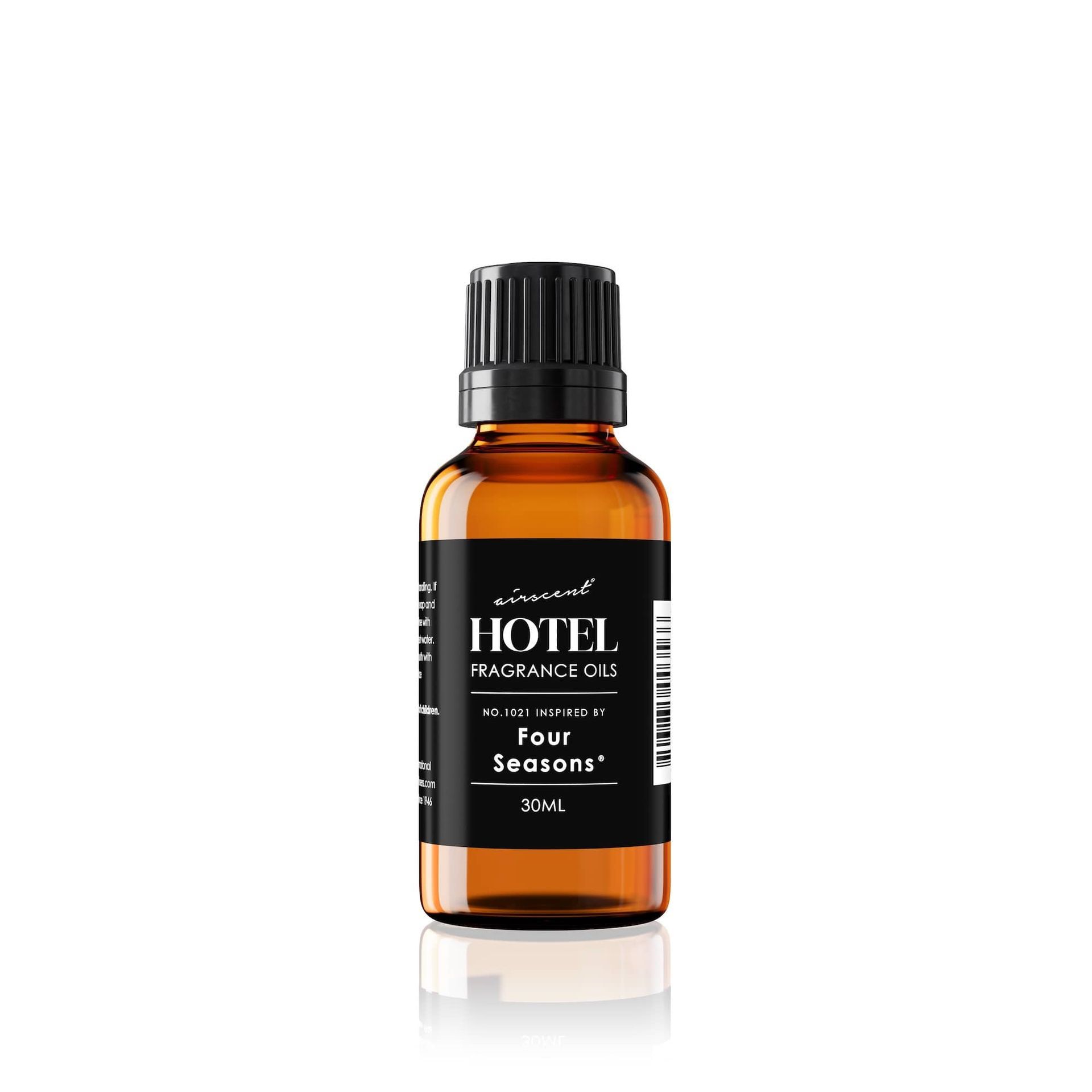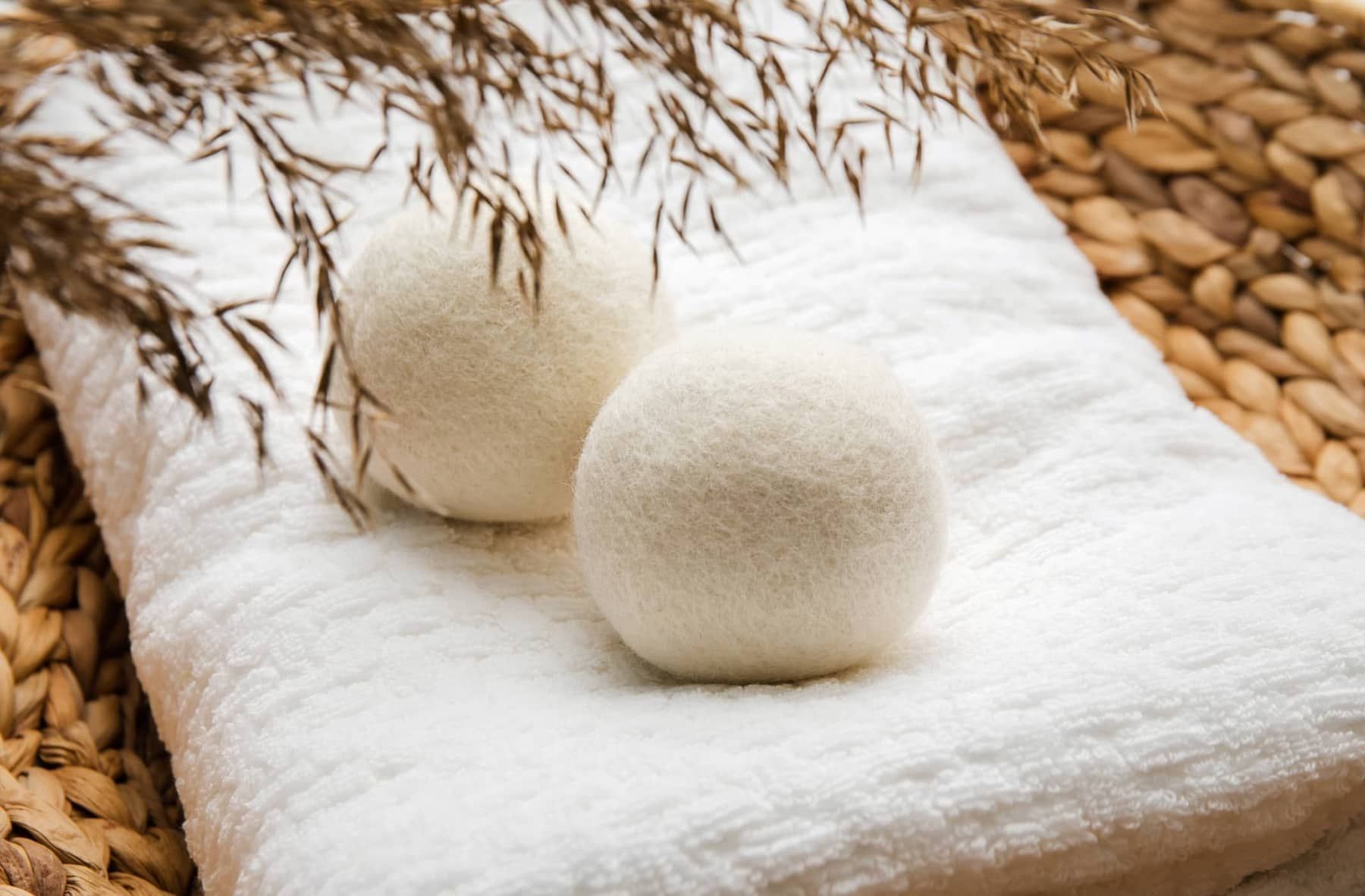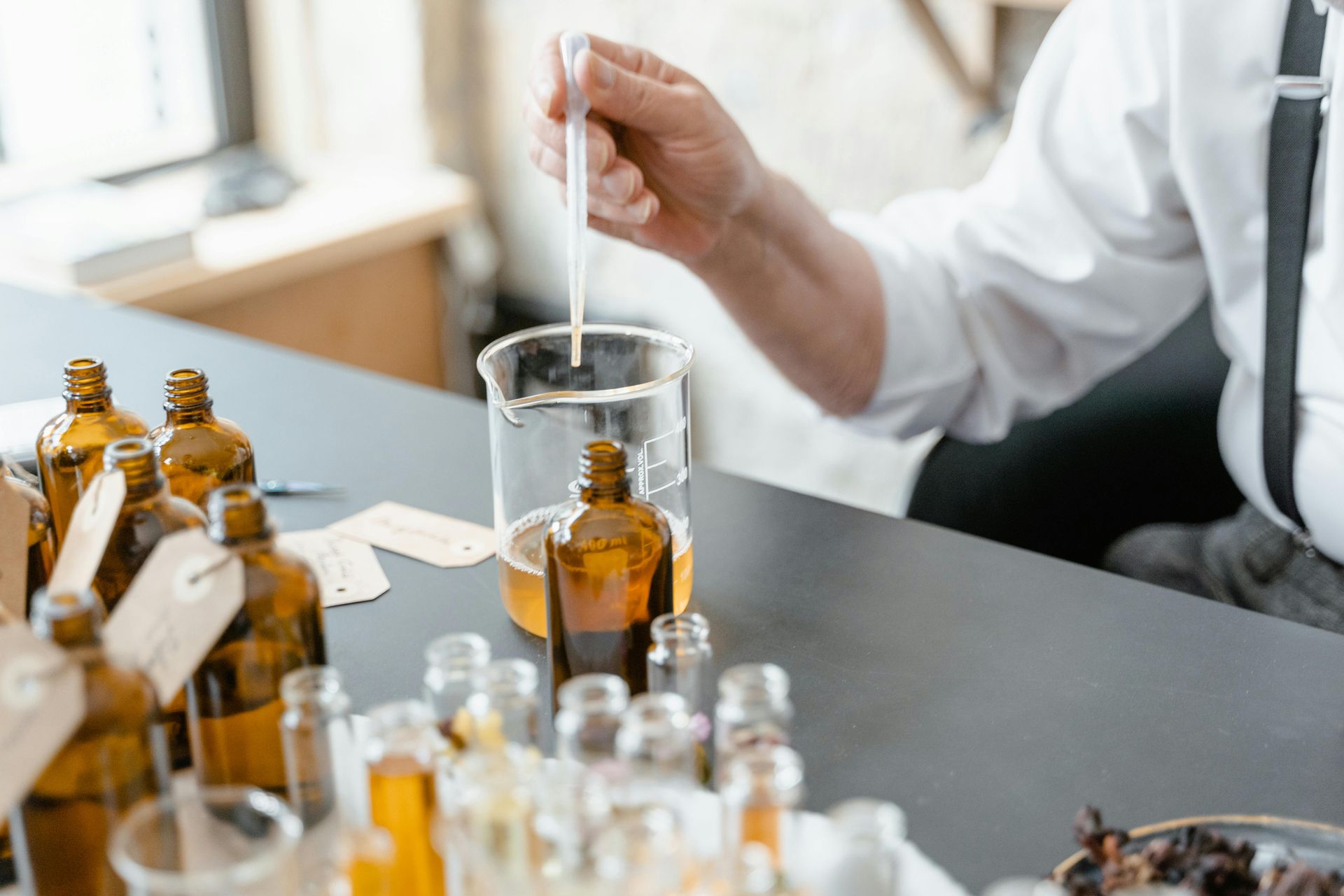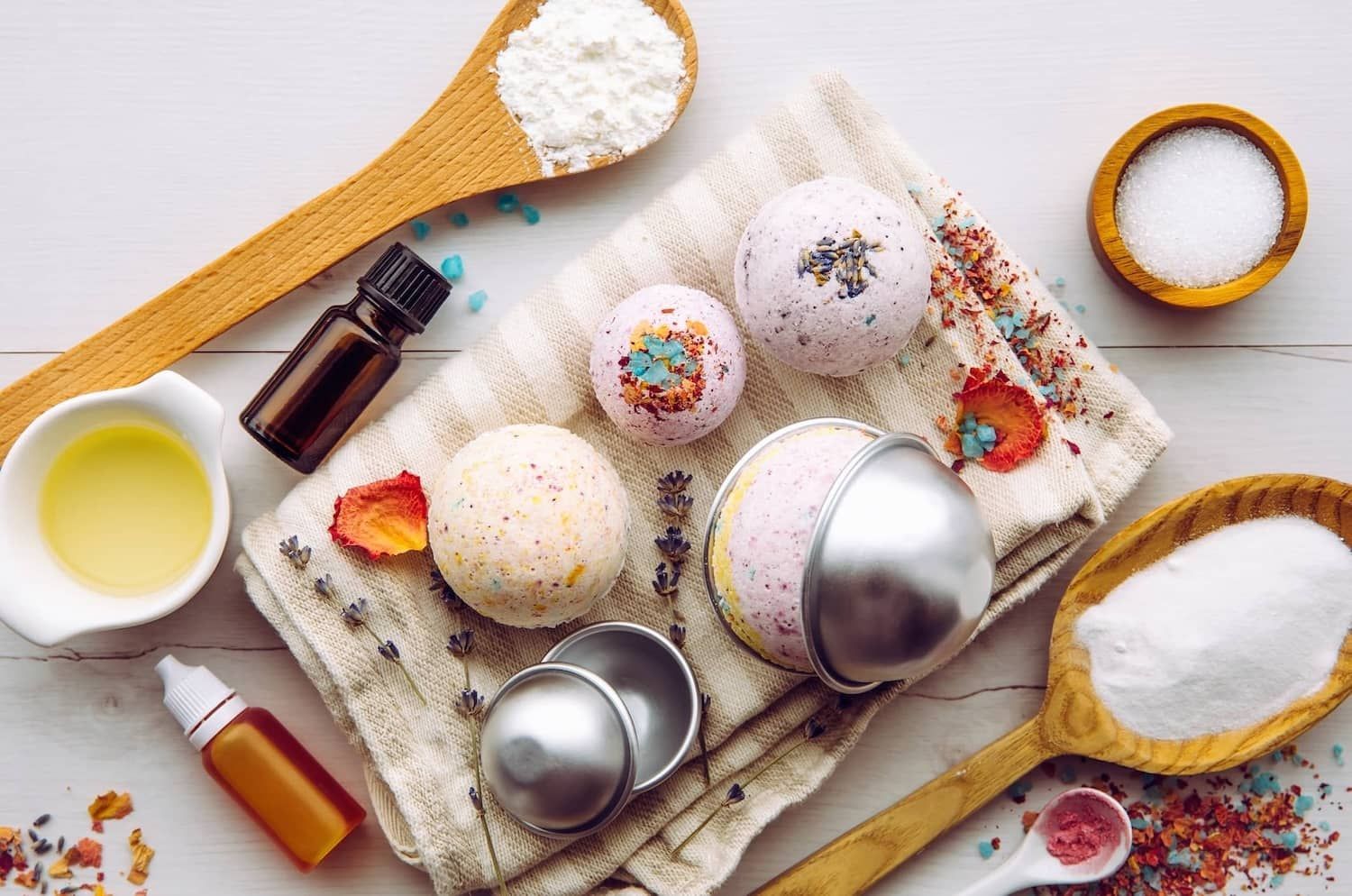Perfumer to Consumer, Absolutely No One In Between
Superior Quality, Unparalleled Concentration and Unbeatable Prices
From our original Santal blend to our extensive roster of 5-star hotel scents, explore our collections of luxury diffuser oils — meticulously blended, highly concentrated and priced more favorably than most fragrance oils in the market.
"Testimonials are whispers of credibility that cut through the noise of self-promotion."
I have a lot of different scents from this brand because they have a strong scent and are made well. I love that their scents are premixed so I don't have to do it myself. They also come with a dropper lid that makes them all the more easy to use. The scents are perfect any time of year, but I especially love to use them in the spring and summer. Highly recommend any scent from this brand!
With so many fragrance brands, rather than focusing on what a particular scent smells like, I recommend checking out the overall reviews of AirScent products. They consistently receive high ratings, and
their company page offers insight into why they are successful. They understand what people enjoy, what smells good, and how to craft quality, concentrated fragrances. This is a brand I trust.
I love almost every hotel scent I've run across by this brand. The Ritz Carlton is my mom's favorite. The two of us buy these oils all the time and compare trying to find our perfect scent for our homes. Her tastes vary from mine, so while I love some, she doesn't. This one is a nice cologne type smell, which we both love. I'm a big fan of the oils for this brand!
Don't hesitate to buy this brand of oils. They smell so good in our waterless diffusers. I have ordered several and now have them on auto shipment. Best quality that I've found and I have a lot of oils that I've purchased in the past. I've never felt they deserved a review until now. This company makes very high quality scented oils.

A Baccarat Rouge Dupe Like None Other
A cornerstone of our 5000 series of perfume duplications designed for use as diffuser oils, our Baccarat Rouge 540 duplication (fragrance No. 5001)is as close to the original as it gets, but there are more ways than one it outshines all other dupes in the market. Here are five, the most notable of which is our unbeatable price point!



